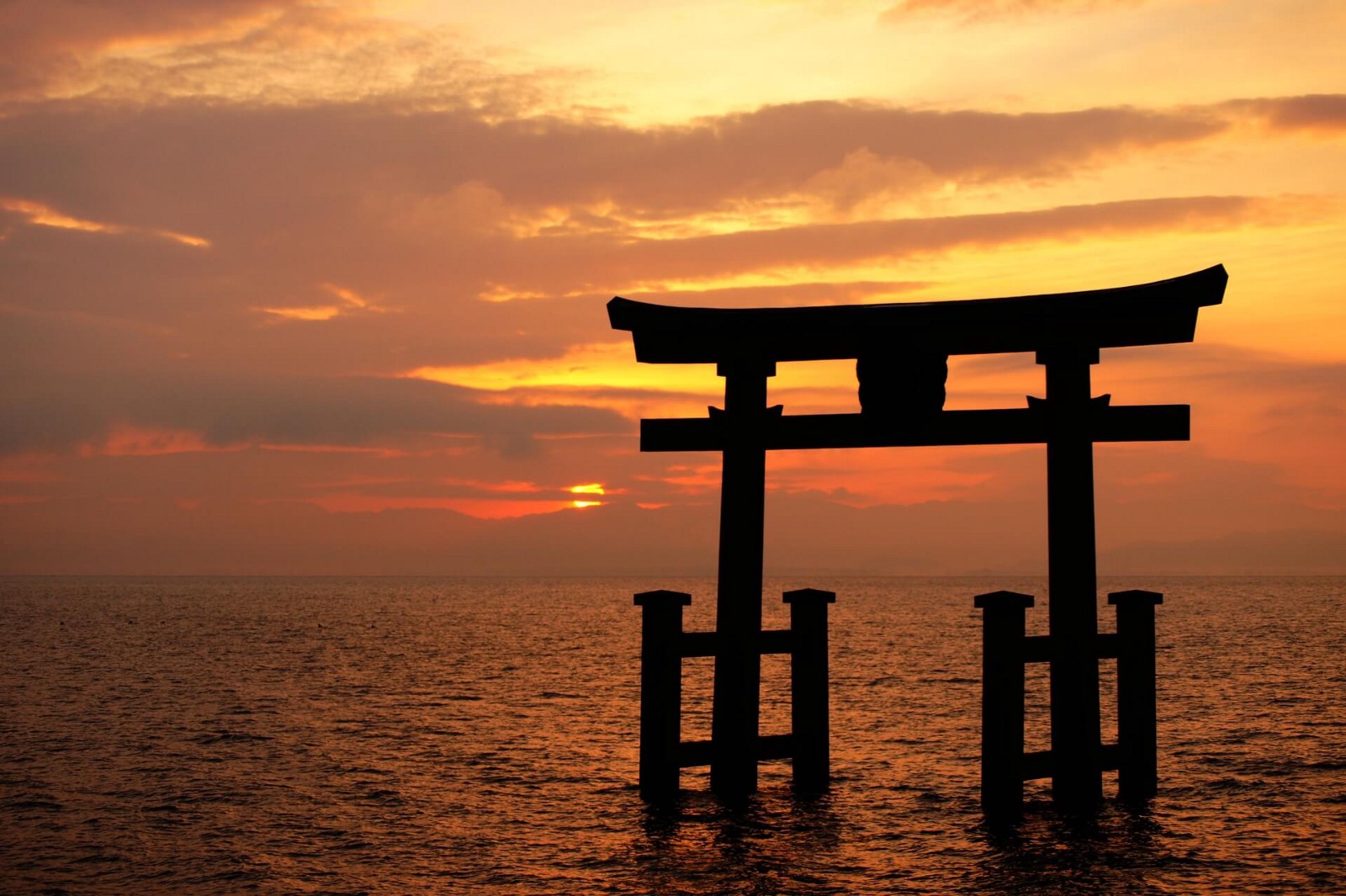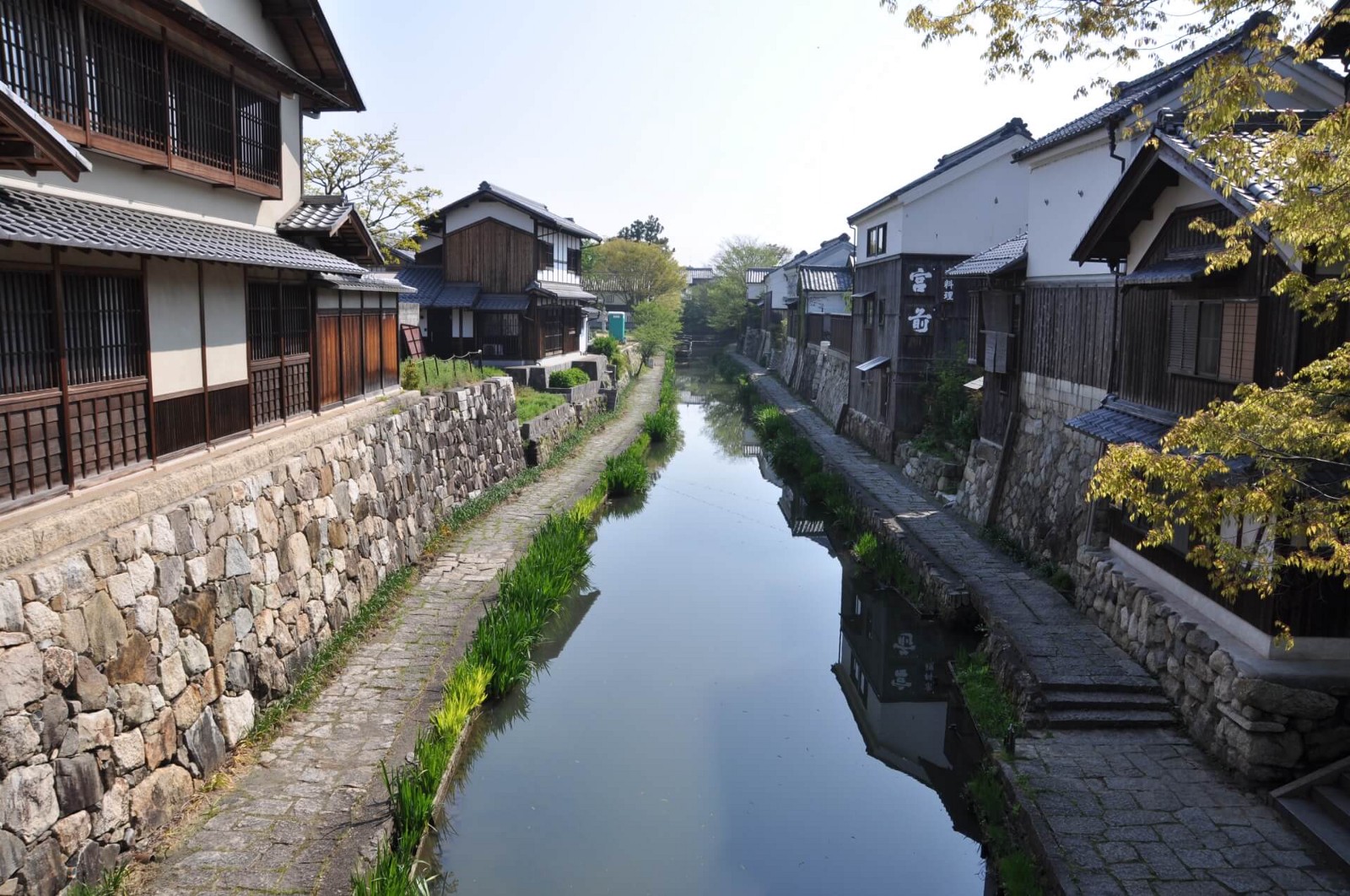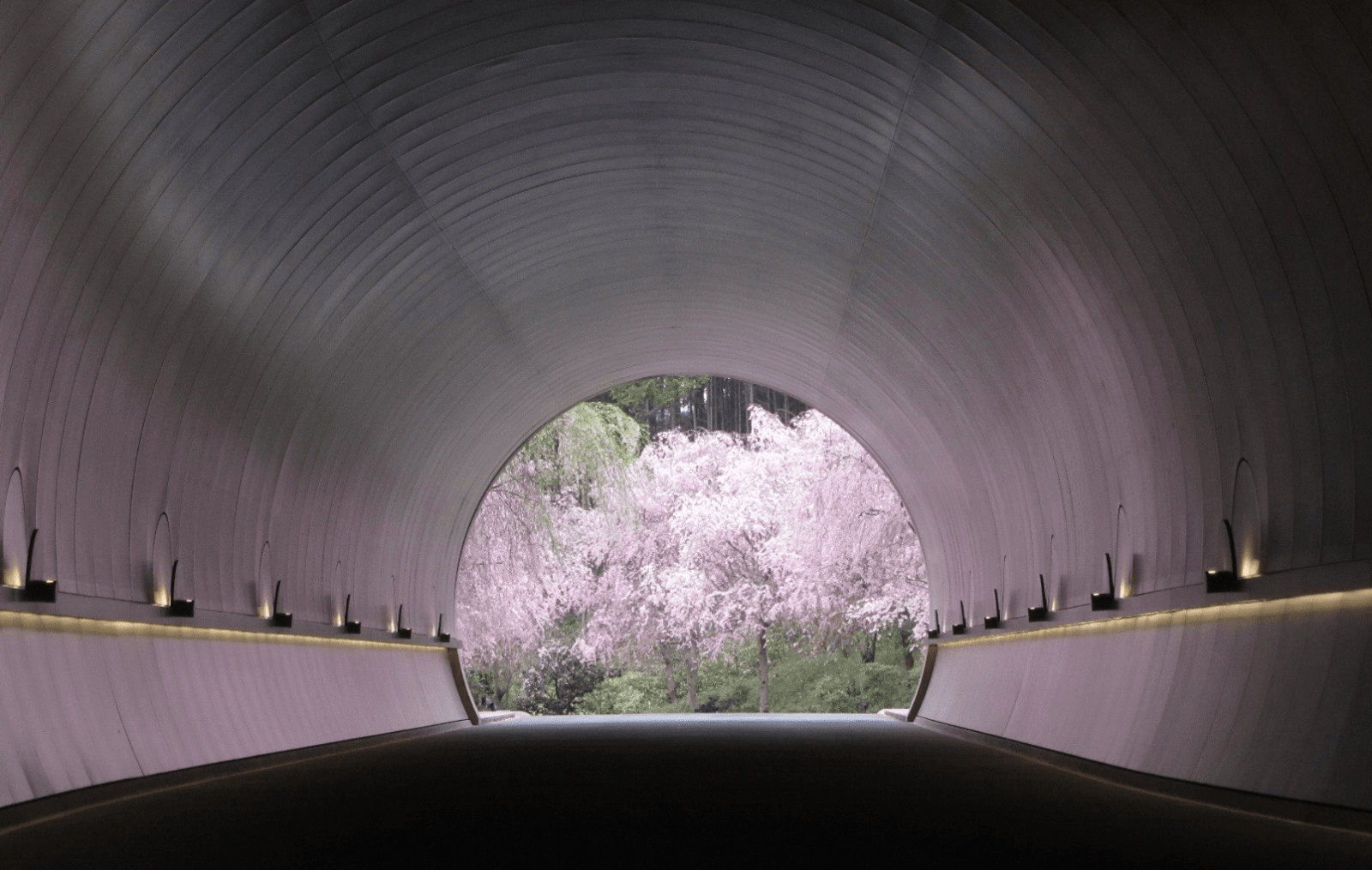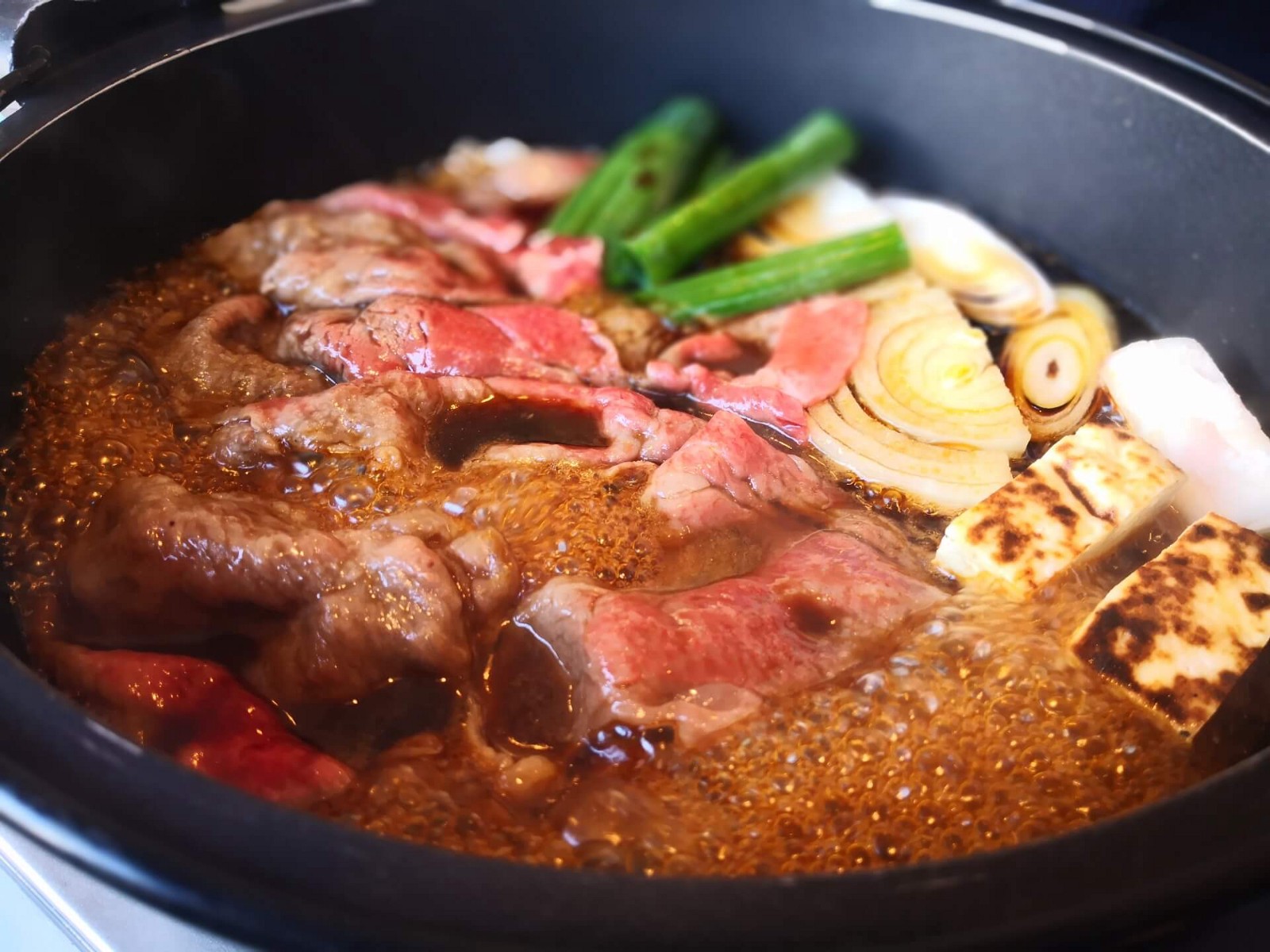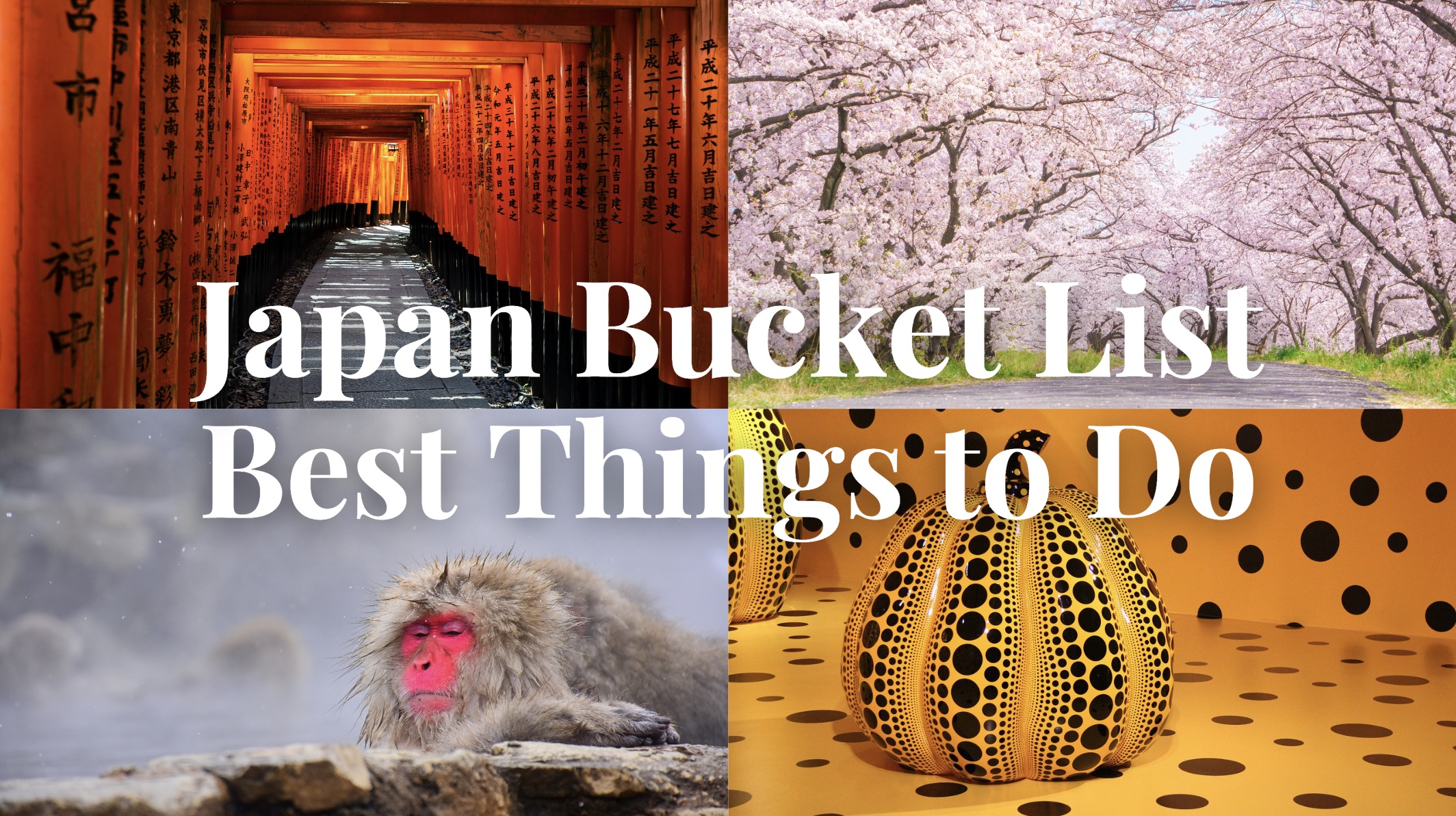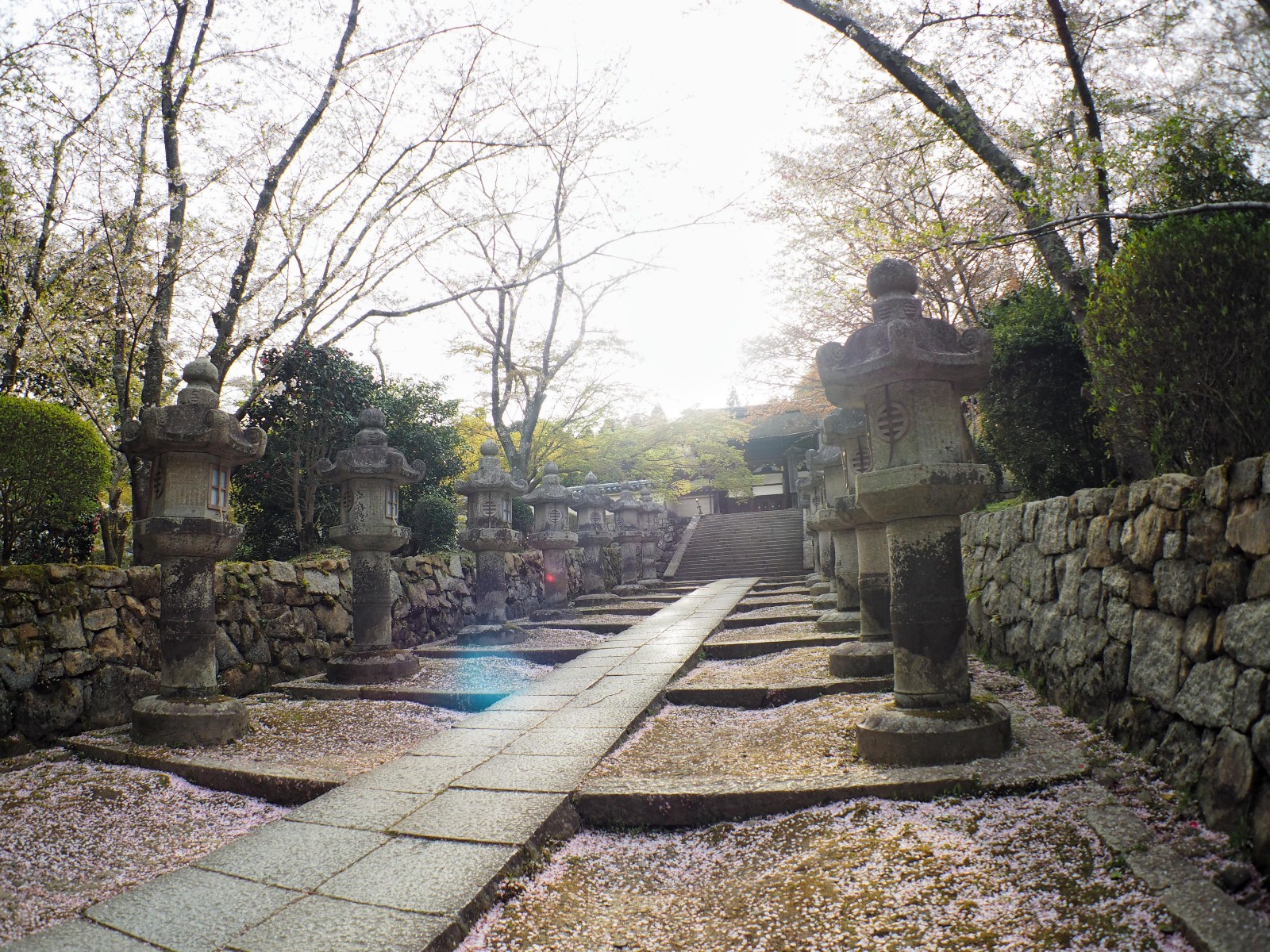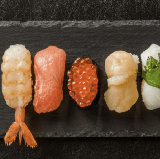10 Best Things to Do in Shiga
What to do in Shiga: from Lake Biwa to Historic Temples

Shiga Prefecture (滋賀県), located in the east of Western Japan, is famous for Biwa Lake, the largest lake in Japan, which occupies over one sixth of the area of Shiga. There are a large number of things to do around Lake Biwa from the old castle and temples to unique art museums and the shrine floating on the lake.
Shiga is also colored in every season: pink cherry blossoms in spring and red autumn leaves in autumn. The prefecture also offers chances to taste delicious regional food. Here are 10 best things to do in Shiga, which is never beaten by the neighbor historical city Kyoto.
With this Kansai Region Bucket List, let’s also check out the surrounding tourist attractions: Best Things to Do in Kansai
*Please note that this article contains affiliate links.
1. Lake Biwa
Lake Biwa (琵琶湖), the Japan’s largest lake, is the symbol of Shiga Prefecture, which entertains you with various attractions. From the west of the lake, you can get to the top of the over 1,100m high mountain by aerial cable car to see the panoramic views of Lake Biwa. The lake is surrounded by lots of cherry blossoms viewing spots which color the town in spring. There are also activities in the Lake Biwa area including SUP, windsurfing, and cycling along the shore.
2. Shirahige Shrine
Shirahige Shrine (白鬚神社) in Shiga, which was originally built over 2000 years ago, is the head of about 300 Shirahige shrines all over the country. What is unique in Shirahige Shrine is the large red Torii gate floating on Lake Biwa. It’s worthy visiting Shiga to take a nice photo of the shrine.
3. Miidera Temple
Miidera Temple (三井寺), as also known as Onjoji Temple (園城寺), is one of the most important temples in Shiga. There are over 100 national treasures and important cultural properties preserved in Miidera Temple. You can enjoy viewing cherry blossoms in spring and tint leaves in autumn. The Buddhism temple also offers you a luxurious temple lodging to stay exclusively.
4. Hieizan Enryakuji Temple
Hieizan Enryakuji Temple (比叡山 延暦寺) is also one of the most powerful temples in Shiga and in Japan. There are about 100 historical buildings in Mt.Hiei, which collectively means Hieizan Enryakuji Temple. Cable cars take you to top of the mountain where you can see the national treasure buildings and the views of Lake Biwa.
5. Hikone Castle
Hikone Castle (彦根城) is a Japanese castle located in Hikone City, Shiga Prefecture. The castle was built during Edo period by NaoKatsu Ii, a Japanese daimyo lord who served the Tokugawa clan. It’s one of only twelve Japanese castle with its original keep, and one of only five castles listed as a National Treasure. It’s allowed to enter the castle and climb up to the castle keep tower. Hikone Castle also offers the chance to enjoy a boat ride along the moat around the castle like the people hundreds years ago.
6. Omihachiman
Omihachiman (近江八幡) is a small city in Shiga Prefecture, located on the southeastern shore of Lake Biwa. The city is known for well-preserved old town attracting visitors by its charming historic townscape.
The city was part of ancient Omi Province and was a post station on Tosando road (later Nakasendo) connecting Heiankyo (present Kyoto) and the eastern provinces. It developed during the Sengoku period (in the 15th and 16th centuries) as a castle town at the base of Hachimanyama Castle built by Hidetsugu Toyotomi, a nephew of Toyotomi Hideyoshi, the famous warlord and unifier in Japanese history. The waterway there played an important role as a transportation hub at that time, and today visitors can experience the cruise boat on the canal through town seeing the town with Japanese traditional buildings.
7. Metasequoia Namiki Avenue
The picturesque road, Metasequoia Namiki Avenue (メタセコイヤ並木) displays a breathtaking seasonal scenery of rich nature at the north of Lake Biwa. The long straight prefectural road of 2.4km is lined by approx 500 metasequoia trees. As the colour of leaves changes by season: fresh green in spring, deep green in summer, warm tints in autumn and snow-capped branches in winter, the captivating scenery of the row of metasequoia trees can be seen through the year.
8. Unique Art Museums
Shiga Prefecture is a great destination for art lovers as it’s home to several unique art museums such as The Museum of Modern Art, Shiga, Borderless Art Museum NO-MA and Lake Biwa Museum.
One of the most outstanding museums in Japan, MIHO Museum is also located in Shiga. The architecture of the museum was created by the Chinese-American architect I.M. Pei, who is also known for designing the glass pyramid at the Louvre Museum in Paris. In 2018, it was used as a venue for Louis Vuitton’s fashion show. The museum exhibits numerous artworks created, based on cherry blossoms that symbolize the spring in Japan.
Sagawa Art Museum, located in Moriyama City near Lake Biwa, is one of the most popular art museums in the prefecture. The museum is also called the “Floating Museum” as it has a unique feature of its main building floating on the lake. The modern museum exhibits a permanent collection of paintings, sculptures, ceramic works as well as temporary exhibitions. It houses a bronze bell dating back to 858, which was been designated a National Treasure.
9. Ogoto Onsen
Ogoto Onsen (おごと温泉) is an onsen town located on the west coast of Lake Biwa, Shiga Prefecture. The town has a long history of about 1200 years and is home to several ryokan (Japanese style inn) and hotels with onsen facilities with spring water that is believed to have various health benefits such as relieving muscular pain, joint pain, stiff shoulder, paralysis, fatigue and skin problems.
Some ryokan such as Ogoto Onsen Yumotokan Ryokan has an outdoor bath where you can enjoy the panoramic view of Lake Biwa and experience the captivating scenery of the sunrise in the morning while bathing. Visitors can also indulge in delicious cuisine made with local ingredients during their stay. There are also day-use hot spring baths and foot bath available in the town.
>>Book your room of Ogoto Onsen Yumotokan Ryokan right now!<<
10. Autumn Leaves
Shiga Prefecture has numbers of amazing autumn leaves viewing spots across the prefecture. While many historic sites get overcrowded during autumn in the neighbouring prefecture, Kyoto, Shiga has many hidden gems that you can appreciate the beauty of autumn peacefully away from the crowds.
Keisokuji Temple (鶏足寺) is a temple in Nagahama City, which was founded in 735. It’s famous for the stone paved approach lined with approx 200 maple trees. During the autumn, the leaves of the trees turns into warm colour and falls on the path, creating a picturesque scenery. Seiryu-ji Tokugen-in Temple (清瀧寺徳源院) is a Buddhist temple in Maibara City that has a gorgeous Japanese garden. Visitors can enjoy the astonishing scenery of the traditional zen garden with tinted maple trees from the main hall of the temple.
More info
▶ Keisokuji: Temple with the Gorgeous Red Carpet Approach
▶ Seiryuji Tokugen-in: Hidden Autumn Leaves Destination in Japan
11. Cherry Blossoms

Along with autumn leaves, cherry blossoms are another top attraction in Japan that can be enjoyed only in a certain period of the year. The best season for cherry blossoms in Shiga Prefecture is the same as in many other cities of Japan, from March to April. As mentioned earlier, the gorgeous scenery of cherry blossoms can be seen at numbers of locations in the prefecture. During the peak season, cherry blossom festivals are held at some sites with special events and vendors selling local products and food.
Around Lake Biwa, there are several great cherry blossom viewing spots such as the Kaizu Osaki Cherry Blossom Road and the Lake Biwa Canal. If you wish to admire cherry blossoms together with the magnificent Japanese castles, Hikone Castle and Nagahama Castle are both highly recommended. Historic Japanese temples such as Miidera Temple, Enryakuji Temple and Ishiyamadera Temple are also popular sites for cherry blossom viewing.
12. Enjoy Shiga’s Specialties
While travelling Shiga Prefecture, don’t miss the chance to taste local specialties! As the prefecture has a rich history and nature, various kinds of local cuisines and ingredients can be enjoyed in Shiga.
Firstly, the most famous food in Shiga is Omi Beef (近江牛), one of the top-rated Japanese Wagyu Beef brands. The premium wagyu brand Omi Beef is known as one of the three greatest Wagyu Beef brands as well as Kobe Beef and Matsusaka Beef. There are many restaurants serving high quality Omi Beef in various ways such as steak, teppanyaki and Sukiyaki.
Funazushi (鮒ずし) is a traditional sushi from ancient times, using fish called Nigorobuna from Lake Biwa. It’s type of nare-zushi (fermented sushi), which is mixed with salt and rice and fermented with Lactic acid bacteria. The flavour of Funazushi is very unique and even locals are divided on whether they like it or not.
Shiga local’s favourite bread roll is Salad Roll (サラダパン), produced by Tsuruya Pan, the long-established bread company from 1951. Despite its name “Salad”, the bread filling is not actually salad, but chopped radish pickle (takuan) and mayonnaise. It’s sold widely at local supermarket in the prefecture.
13. Shop Souvenirs from Shiga

Like other prefectures in Japan, Shiga offers a range of products which are produced or traditional in the prefecture. So if you are travelling Shiga, why don’t you shop something special from the prefecture and take them back home with your travel memory.
The prawn cracker of Lake Biwa is a top-selling souvenir from the prefecture. The cracker is made of locally grown rice called Omi Rice and the lake prawn from the Lake Biwa, and has a rich flavour of the prawn.
Hikonyan, one of the most popular regional characters (Yurukyara) in Japan, is designed in Hikone City, in order to celebrate the 400th anniversary of the founding of Hikone Castle. Hikonyan goods are highly popular nationwide and a lot of related products are sold at local souvenir stores.
Shigaraki ware, a type of traditional Japanese pottery is made in Shigaraki area in Shiga Prefecture. It’s counted as one of the Six Ancient Klins in Japan. The history of Shigaraki ware dates back in Kamakura period (13th century) and is believed to have an influence by Bizen ware. The most famous Shigaraki ware product is the figures of tanuki (Japanese raccoon).
▽Check out the attractions you should experience across Japan with this Japan Bucket List!▽
▽Check more things to do in Kansai Region!▽
▶︎30 Best Things to Do in Osaka
▶︎30 Best Things to Do in Kyoto
▶︎10 Best Things to Do in Mie
▶︎10 Best Things to Do in Nara
▶︎10 Best Things to Do in Wakayama
▶︎10 Best Things to Do in Hyogo
In addition to those alluring tourist attractions, Shiga is much less crowded than the adjoining city Kyoto. For those who want to avoid crowds, it’s highly recommended to take a trip to Shiga! For more info about Japan, check out these articles below, too!
▽Related Articles▽
▼Editor’s Picks▼
Written by
Hi! I’m a writer and editor at Japan Web Magazine. Since 2017, I’ve written over 500 articles covering a wide range of Japan-related topics—must-visit travel spots, local food culture, helpful travel tips, seasonal events, anime, manga, and more. I travel all over Japan, from the snowy landscapes of Hokkaido to the tropical beaches of Okinawa. My hobbies, such as hunting for the best ramen shops and keeping up with the latest anime every season, help me share the magic of Japan with people from all over the world. Whether you're a first-time visitor or a Japan fan planning your dream trip, I want to help you experience the best of what this country has to offer. After traveling to many countries around the world, I still love Japan the most, and I continue to share information while making the most of my perspective as someone who was born and raised here. [Connect with me] ▷You can find more of my writing and follow my latest thoughts on Japan over on Medium. A bit more about me: [Traveler at heart] ▷Most unforgettable trip: Chichijima Island, a remote island that takes over 23 hours to reach by ferry from Tokyo! ▷Favorite neighborhood in Tokyo: Kagurazaka [Foodie life] ▷Obsessed with sushi and ramen ▷Proud foodie moment: Scored a seat at the legendary Sukiyabashi Jiro [Passionate otaku] ▷Favorite anime: March Comes in Like a Lion and Attack on Titan ▷Manga I live by: One Piece and Slam Dunk









